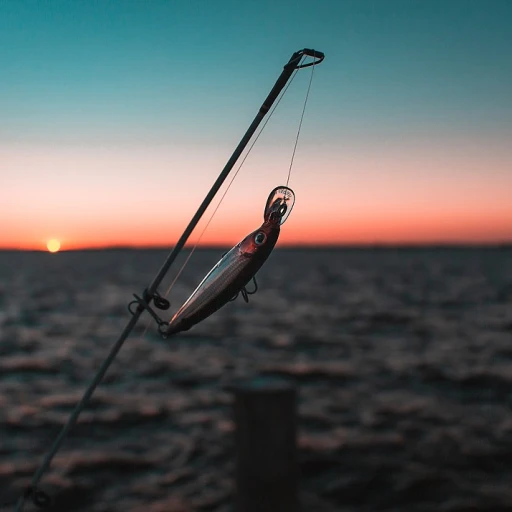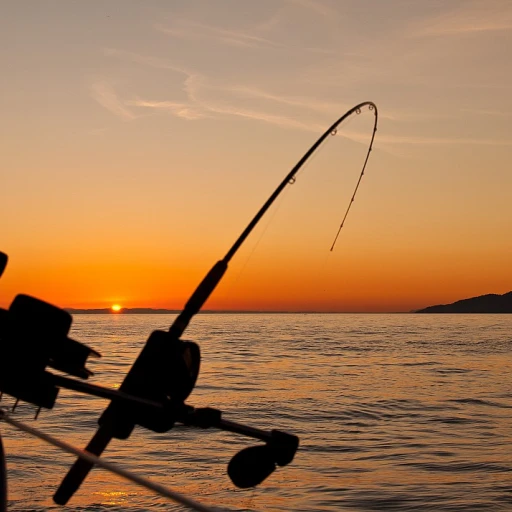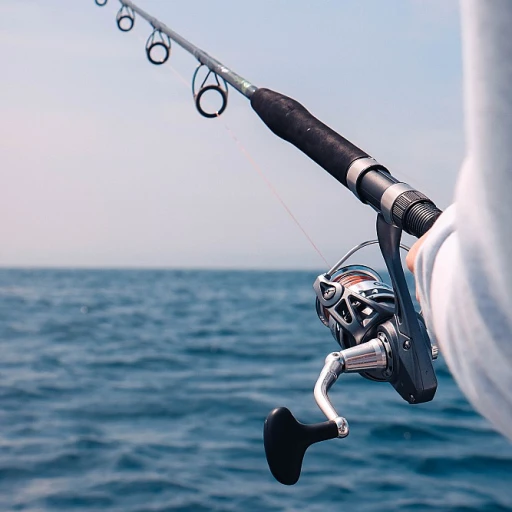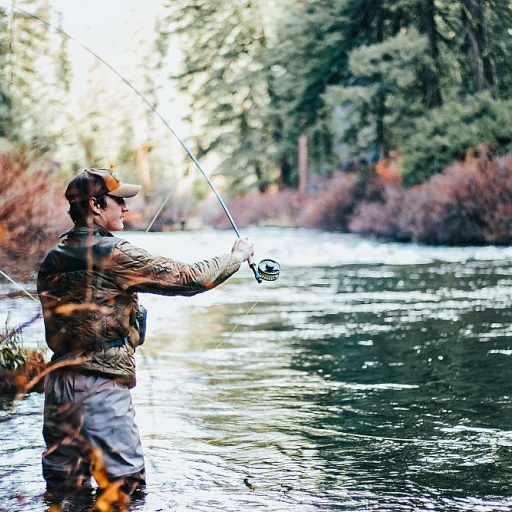Understanding the Importance of a Clamming Knife
{ "result": "
Why Clamming Requires Precision Tools
\n\nClamming is an engaging recreational activity that often requires the right set of tools to ensure both efficiency and safety. One such indispensable tool is the clamming knife. This specialized knife plays a crucial role in successfully harvesting clams, which is why understanding its significance is essential for enthusiasts who wish to make the most out of their clamming experiences.\n\nIn clamming, precision is key, and using an appropriate knife enhances your ability to collect clams efficiently. Standard kitchen knives simply won't suffice for this unique task. They lack the specific design required to deal with the hard shells. A clam knife, with its sturdy and durable steel blade, is meticulously crafted to penetrate clam shells without causing injury or damage to the meat inside. This is where manufacturers like Dexter Russell come into play, offering knives designed specifically for this purpose.\n\nWhen venturing into clamming, investing in the right product should be a top priority. Consider attributes such as the type of blade material, like stainless steel, which stands up well against salty and wet conditions typical of marine environments. The blade's longevity is further ensured with proper maintenance, which we'll delve into further down the guide. As a bonus, many high-quality clamming knives, including those from Dexter, come with features like a wood handle or a sani safe grip to provide comfort and surety during use.\n\nChoosing a clamming knife with the appropriate specifications, such as the correct blade length – often a few inches in size – can significantly enhance your clamming efficiency. It’s also important to factor in safety configurations, ensuring that your knife offers optimal protection against accidental slips. This makes shopping for the right model not only about price but also about the safety and effectiveness of the blade designed for heavy duty use.\n\nIn summary, a clamming knife is more than just a tool—it's a vital component of the clamming process. Its design, materials, and care can directly impact the quality of your clamming endeavors. Consider the various options available to you, such as add cart with free shipping offers, and take the time to view full product details to make an informed decision. Investing the time to select the right knife will enhance your overall experience and ensure a bounty of clams on your next outing." }
Key Features to Look for in a Clamming Knife
Essential Features for the Best Clamming Knife Selection
When selecting the ideal clamming knife, understanding its key elements is crucial for a satisfying experience. A good clamming knife should possess specific characteristics to ensure efficiency and safety when you're out gathering clams or other seafood such as oysters. Here’s what to consider when choosing the perfect knife.
- Blade Material: A clam knife typically has a stainless steel blade. This choice of material provides both durability and resistance to corrosion, enhancing longevity and performance in saltwater environments. Look for products like the “knife Dexter” with a robust steel blade for extended use.
- Blade Length and Design: Clam knives usually have a blade length between 3 to 4 inches, making them ideal for shucking tasks. A traditional clam knife features a slightly rounded tip, which allows you to easily separate shell halves without causing damage to the meat inside.
- Handle Construction: The handle should be comfortable to grip even in wet conditions. While some prefer the classic look and feel of a wood handle, others might opt for the "sani safe" handle options, like the "Dexter Russell", which offer superior grip and sanitary cleaning benefits.
- Overall Build Quality: A combination of heavy-duty construction and ergonomic design is necessary. Products marketed as "traditional clam" or "oyster knives" are known for their reliable build quality. These are designed to handle the rigorous task of opening clams and oysters safely.
- Set Options: If you frequently find yourself clam or oyster hunting, consider purchasing clam knives in sets. It’s often more economical and convenient, providing a variety of blade types and sizes.
- Cost and Availability: Consider the price and availability of the knife. Many online platforms offer free shipping with orders that meet a minimum price requirement. Always view product descriptions and customer reviews to get full insights into the quality before adding to your cart.
- Safety Features: Opt for knives that have been designed with safe use in mind. Some brands offer additional safety features such as finger guards and non-slip grips, enhancing overall handling safety.
Choosing a quality clamming knife involves evaluating these key characteristics, paving the way for enjoyable and efficient clamming adventures. With a wide array of knives available online through various catalogues, make sure to evaluate and select products that best fit your specific needs and preferences.
Comparing Popular Clamming Knife Models
Evaluating Various Clamming Knives: Find the Best Fit
When it comes to selecting the perfect clamming knife, the product's quality and features often set apart superior choices from the rest. Understanding what sets models apart can guide you in making a seasoned choice, especially when considering elements such as material, handle design, and blade efficiency.
Start by examining the blade material. High-quality clamming knives usually feature stainless steel blades, known for their rust-resistant nature and durability, providing long-term service even in demanding environments. A notable brand in this regard is Dexter Russell, famed for producing knives with robust steel blades that are both reliable and sturdy.
Next, consider the handle. Whether opting for a traditional wood handle or a more modern "Sani Safe" option, ensure the grip is comfortable and secure. A comfortable handle mitigates fatigue during prolonged use, reducing the risk of accidents. Heavy-duty clamming knives with ergonomic handles often provide the best balance of control and comfort.
In terms of functionality, some models blend the utility of clam and oyster knives, offering versatility in one product. These dual-purpose designs can be especially convenient if your fishing adventures also involve oyster shucking.
When comparing prices, models like the Dexter Clam knife offer refined features with a competitive price point. Many sellers provide free shipping and easy online purchasing options, making it easier to view full product details, add items to your cart, and complete orders.
The market has several clam knives sets available, suitable if you need multiple tools or varying sizes. A set ranging from a three-inch to a larger blade can handle different sizes and species of clams efficiently.
Ultimately, the perfect clamming knife complements your seafood harvesting needs with its sturdy build, ergonomic design, and multifunctionality. Paying attention to these details ensures that you choose a reliable companion for your maritime adventures.
Proper Maintenance and Care for Your Clamming Knife
Maintaining Your Clamming Knife for Longevity and Performance
Proper maintenance and care are crucial for keeping your clamming knife in peak condition. Not only does regular maintenance extend the life of your product, but it also ensures safe and efficient usage every time you head out for clamming. Here’s how you can maintain your clamming knife:
- Cleaning: After each use, clean your knife thoroughly to prevent any build-up of salt, sand, or clam residue. A simple wash with warm, soapy water followed by a rinse and drying can prevent rust, especially if your knife is made from high-quality stainless steel. Avoid using abrasive materials to clean the blade, especially if the handle is wood, as it can cause damage over time.
- Proper Storage: Always store your clamming knife in a dry place. If possible, a dedicated knife sheath can help protect the blade from nicks and maintain its edge. Consider using a knife block or magnetic strip for orderly storage at home.
- Regular Sharpening: Although clamming knives like the dexter clam knife are designed to be sturdy and long-lasting, they will benefit from occasional sharpening. Use a sharpening stone for best results, maintaining the blade’s effectiveness for shucking and slicing.
- Handle Care: If your knife features a wood handle, it’s important to oil it regularly to avoid cracking or drying out. Products like mineral oil are great for keeping wood handles in nice condition.
- Sani-Safe Options: If you’ve chosen a sani safe clam knife, rest assured that its design minimizes micro-abrasions and potential bacterial harbors. Even so, regular cleaning is vital.
Protect your investment in clam and oyster knives by adhering to these maintenance tips. With these steps, whether you’ve opted for a heavy duty model or the traditional style like the dexter russell or russell traditional, your knife is well-poised to offer superior performance in your clamming adventures for years to come. By following such practices, not only do you maintain its practicality but also keep it safe for your next orders of clamming expeditions.
Tips for Safe and Efficient Use of a Clamming Knife
Maximizing Safety and Efficiency in Clam Digging
Ensuring the safe and efficient use of your clamming knife is crucial, not only to protect yourself but also to enhance the longevity and performance of the product. Here's a concise guide to mastering these elements:
- Choose the Right Knife for the Job: Selecting an appropriate knife for clam digging is your first step towards efficiency. Consider a stainless steel blade for its durability and rust resistance. For shelling oysters, an oyster knife specifically designed for the purpose can prevent slips and injuries.
- Adopt the Correct Technique: Hold your clam knife firmly by its handle, ideally a wood handle for a comfortable grip, and work with a stabbing motion rather than slicing. This reduces the risk of slipping on wet surfaces.
- Utilize Proper Protective Gear: Wearing gloves while handling your knife can safeguard your hands from accidental cuts. Additionally, gloves can offer a better grip, especially when dealing with heavy-duty tasks.
- Clean and Inspect Regularly: After use, a good habit is to clean your knife thoroughly to prevent rust and maintain sharpness. A knife with a durable blade, like those in the Dexter Russell sani-safe series, can make this maintenance easier.
- Store Safely: Consider safety in storage. Keeping your clam knife in a well-organized set or toolkit reduces the risk of accidental injury and ensures quick access for your next outing.
Ensuring these practices can significantly improve your clamming experiences, enhancing not only safety and efficiency but also the longevity of your clam knives. Remember, whether it's a traditional clam or an oyster clam, your choice in knives can make a substantial difference in your endeavors.
Beyond Clamming: Other Uses for Your Clamming Knife
{"
Versatile Uses Beyond Clamming
\n\nWhen it comes to versatility in your range of knives, the clamming knife surprisingly offers more than just digging into the sand for clams. With its robust design and practical features, this trusty tool can become an invaluable addition to your culinary and household duties.\n\n
\n - Opening Oysters: While the clamming knife is not as specialized as an oyster knife, its sturdy steel blade is more than capable of shucking oysters when a dedicated oyster shucking knife isn't at hand. Ensure a firm grip on the oyster and use the knife’s Sani-Safe handle to twist open the stubborn shells safely.
\n - General Food Preparation: The sharp blade of a clamming knife is effective for various food preparation tasks. From slicing tough vegetables to prepping fish for a fresh dinner, consider it a multi-purpose tool in the kitchen.
\n - Gardening and Outdoor Projects: Its rugged construction, especially with a Dexter duty clam knife featuring a durable wood handle, makes it perfect for small gardening tasks. Use it for cutting twine or clearing away small weeds.
\n - Camping and Outdoor Activities: The handy size, often around 3-4 inch blades, is ideal for camping chores. Use it craftily for curving sticks or even as a utility knife around your campsite.
\n
\n\nFor those seeking to blend traditional utility with modern convenience, consider the Dexter Russell traditional models for their consistency and precision. Ensure the knife’s handle, whether wood or an ergonomic synthetic, provides a reliable grip during diverse tasks. This attention to detail in accessory choice ensures these knives excel beyond their intended clam duties. With such versatility in one blade, adding one to your cart means investing in a multifaceted, reliable tool."}
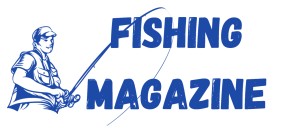

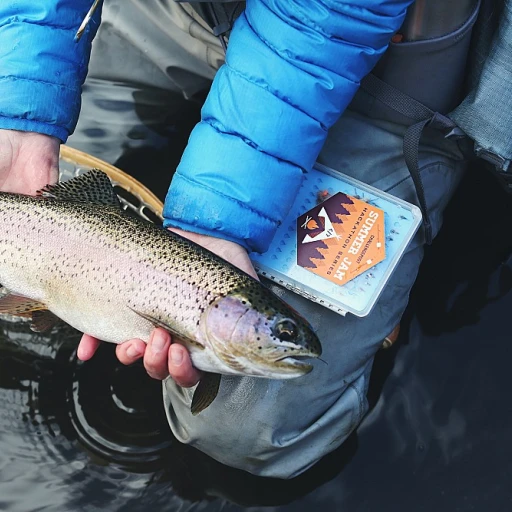

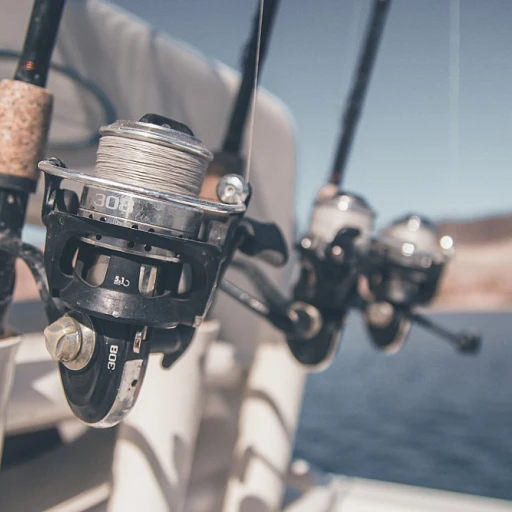
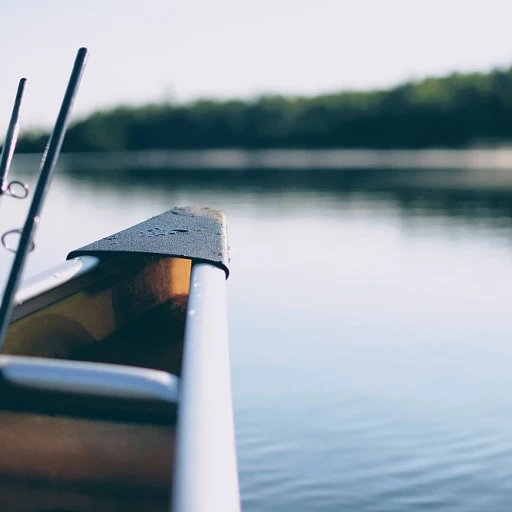

-large-teaser.webp)
